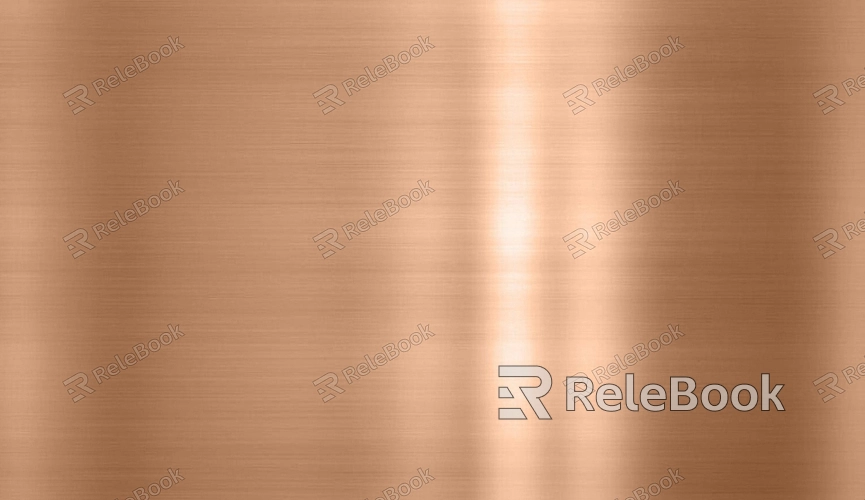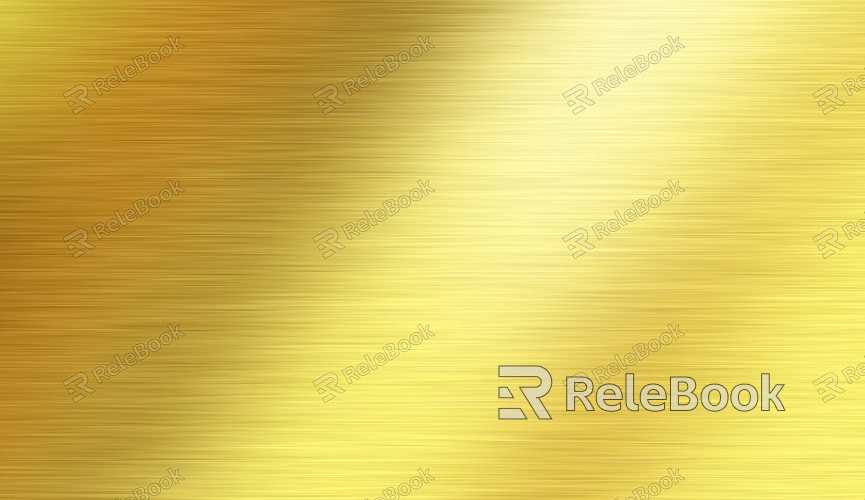How to Create 3D Metal Textures in Photoshop?
In modern design, 3D metal textures add depth and realism to images, making them more vibrant. Whether for game design, visual effects, or graphic design, mastering the techniques for creating 3D metal textures is essential. This article will detail the steps and methods for creating 3D metal textures in Photoshop, helping you easily acquire this skill.

Preparation
Before starting, ensure you have the latest version of Photoshop installed. Prepare a suitable base image, selecting one with texture as the background. Additionally, gather reference images of metal effects for later adjustments and comparisons.
Create a New Document
Open Photoshop and create a new document. It’s recommended to use a larger canvas size for better detail observation. In the new document, choose an appropriate background color; dark or neutral tones typically enhance the metal effect.
Apply Base Texture
Import your chosen base image into Photoshop as a layer. Use the "Noise" option in the "Filter" menu to add subtle grain to the image, laying the groundwork for the upcoming metal effects. Adjust the noise intensity to ensure the texture isn’t too prominent.

Adjust Color and Contrast
Use the "Adjustments" options in the "Image" menu to enhance the image’s contrast and color saturation. Metal surfaces usually have strong contrasts, so boosting these parameters can make your metal texture more vibrant. The "Curves" tool is great for fine-tuning shadows and highlights.
Apply Gradient Effect
To enhance the metallic sheen, create a new layer and fill it using the gradient tool. Choose a gradient that transitions from light to dark; typically silver or gold tones work best. Set this layer's blending mode to "Overlay" or "Soft Light" to blend the gradient with the base image.
Add Highlights and Shadows
Using the brush tool, add highlights and shadows on the layer. Select a soft brush with low opacity for gradual application. Highlights usually face the light source, while shadows are on the opposite side. This technique simulates the smoothness and reflective qualities of metal surfaces.
Apply Texture Effects
Find suitable metal texture images online, importing them to overlay on your design. Adjust the layer’s opacity and blending mode to merge it with the base image. Experiment with different textures like scratches, rust, or wear effects for added realism.
Use Layer Styles
Right-click your layer in the layers panel and select "Layer Styles." Here you can add effects like inner shadow, outer glow, and bevel and emboss to further enhance the metal’s three-dimensionality. Adjust parameters as needed until you achieve a satisfactory effect.
Final Adjustments
Once all layers are processed, review the entire piece. Use the "Sharpen" filter to enhance details while ensuring nothing is over-processed. Lastly, utilize the "Hue/Saturation" tool for global color adjustments, ensuring the metal texture is cohesive.
Save and Export
After completing the design, be sure to save your work. It’s advisable to save in both Photoshop format and common image formats like JPEG or PNG for easy sharing and use. Choose an appropriate resolution based on your needs to ensure good performance across different platforms.
In summary, creating 3D metal textures isn’t complicated; by mastering a few basic techniques and tools, you can produce works with depth and texture. Through continuous experimentation and adjustments, you’ll be able to create stunning metal effects. If you want to further explore more 3D models and textures, consider downloading from sites like Relebook to elevate your design journey.
FAQ
What tools are needed to create 3D metal textures?
Primarily, you need Photoshop software along with some basic textures and image materials.
Can I use other software to create metal textures?
Yes, other graphic design software like GIMP or Blender can also create metal textures.
How can I make metal textures look more realistic?
Adjusting the light source and adding subtle scratches and wear effects can enhance realism.
Can I use existing metal textures?
Absolutely; there are many resources online where you can download pre-made metal textures.

